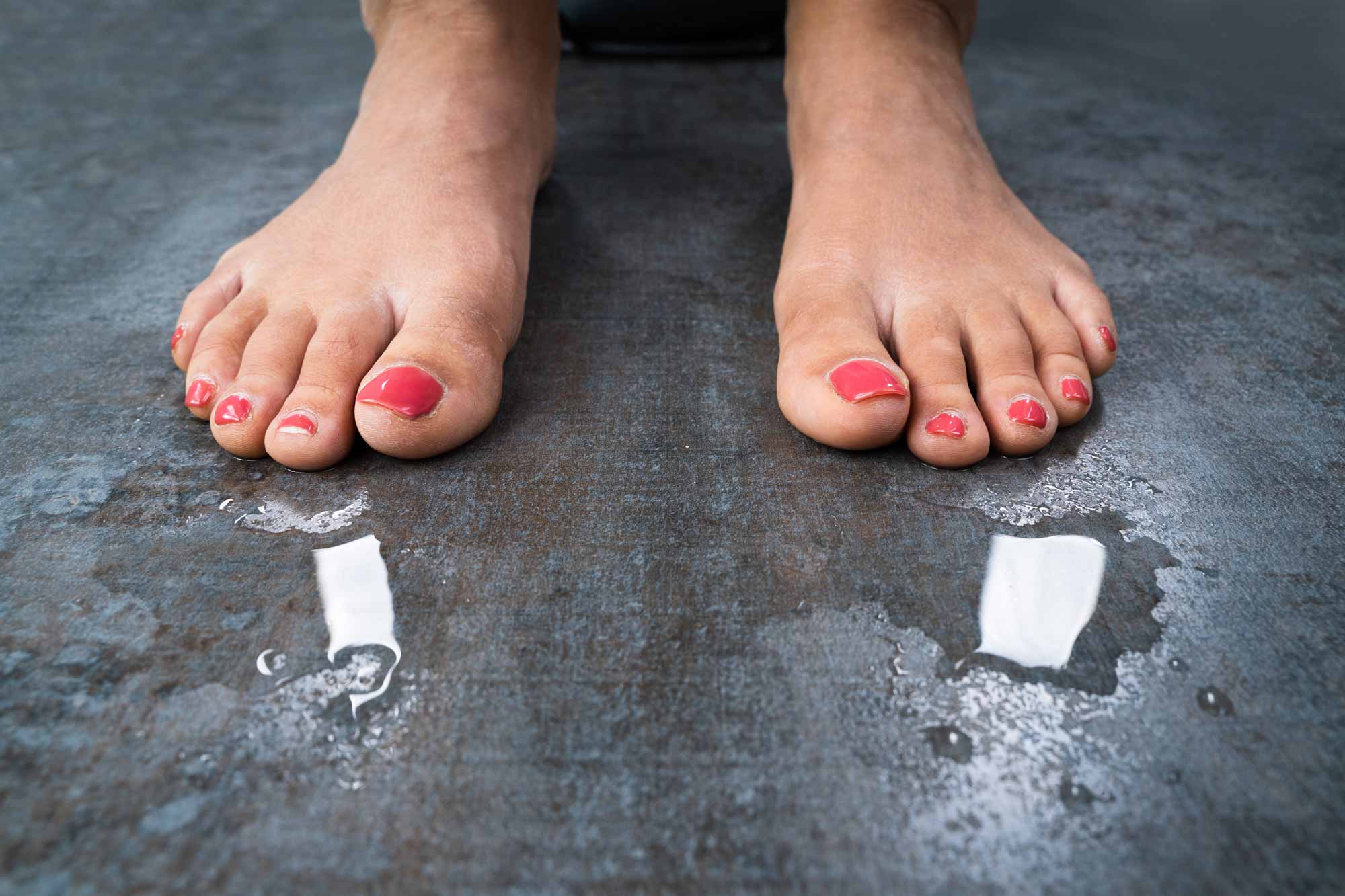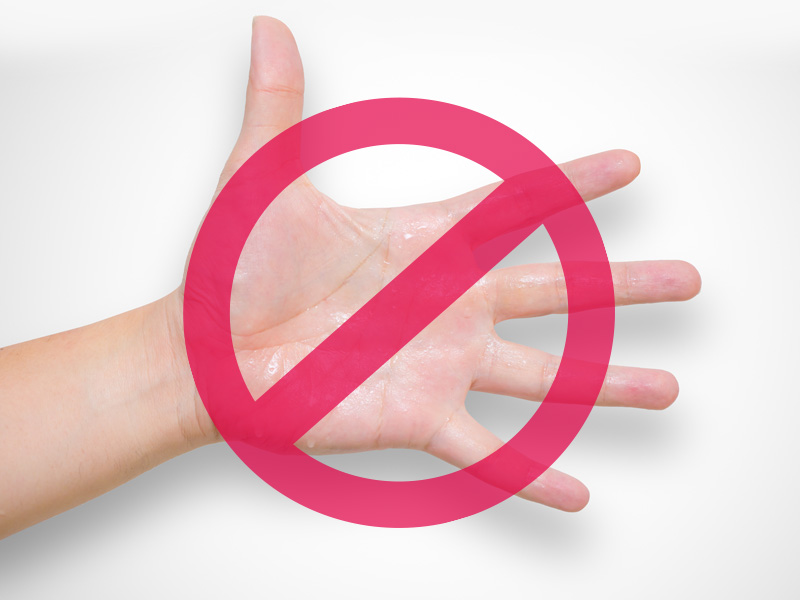Introducing the Intricacies of Excessive Sweating: A Comprehensive Overview to Medical Diagnosis and Management
Too much sweating, medically referred to as hyperhidrosis, is a problem that affects a considerable number of people and can have an extensive influence on their top quality of life. While sweating is a natural physical feature, its overactivity in hyperhidrosis presents a special collection of challenges that commonly exceed mere pain. Understanding the underlying reasons, identifying the symptoms, and browsing the analysis process for hyperhidrosis can be intricate jobs. In this thorough guide, we will certainly explore the intricacies of hyperhidrosis, from its diagnosis to the range of therapy options readily available, clarifying effective monitoring techniques for those grappling with this problem.

Understanding Hyperhidrosis Causes
Hyperhidrosis causes can be attributed to different elements such as genes, hormone inequalities, and specific medical problems. Genetics play a considerable role in main focal hyperhidrosis, where people acquire the condition from their family members. By recognizing the details factors contributing to extreme sweating, health care companies can customize therapy strategies to resolve the underlying reason, providing relief and improving the top quality of life for people influenced by hyperhidrosis.
Recognizing Hyperhidrosis Manifestations

Moreover, hyperhidrosis symptoms may manifest in psychological and social distress, as people might feel ashamed or anxious about their sweating, leading to avoidance of social scenarios (Treatment for hyperhydrosis of hands). Furthermore, repeated episodes of extreme sweating can lead to skin maceration, fungal infections, and a total decrease in self-esteem
Diagnostic Process for Hyperhidrosis
Launching the diagnostic process for too much sweating involves detailed analysis of the person's clinical history and health examination. Inquiring regarding the onset, period, and sets off of sweating episodes is important to separate in between key focal hyperhidrosis and secondary generalised hyperhidrosis. Clinical history ought to likewise include questions about medications, medical problems, and family members history of hyperhidrosis.
During the physical evaluation, particular interest is paid to the locations impacted by sweating. The medical care provider may analyze the level of sweating, check for indications of underlying conditions, and examine the impact of sweating on the individual's lifestyle. Additionally, certain tests like the gravimetric examination, starch-iodine test, or skin conductance measurements may be performed to evaluate the quantity of sweat created.
Furthermore, in cases where secondary hyperhidrosis is presumed, additional tests such as blood tests, pee examinations, and imaging research studies may be suggested to recognize the underlying source of too much sweating. The analysis process intends to accurately determine the kind and source of hyperhidrosis to direct appropriate management techniques.
Treatment Choices for Hyperhidrosis
When addressing excessive sweating, numerous therapy options are readily available to ease symptoms and boost the individual's lifestyle. The treatment strategy for hyperhidrosis relies on the seriousness of signs and symptoms and the client's feedback to initial treatments.
Topical therapies, such as aluminum-based antiperspirants, are usually advised as the initial line of protection for taking care of moderate instances of hyperhidrosis. These products work by connecting the sweat ducts, thus reducing the quantity of sweat that reaches the skin's surface area. For individuals with much more extreme symptoms, dental medicines like anticholinergics might be recommended to help reduce sweating. Nevertheless, these medications can have side results and are not appropriate for everyone.

Effective Management Techniques
To successfully handle hyperhidrosis, a customized and comprehensive therapy strategy customized to the individual's certain requirements and response to previous treatments is vital. This strategy may include a combination of restorative approaches, consisting of way of living alterations, topical therapies, oral medicines, botulinum toxin injections, iontophoresis, and in extreme instances, surgical interventions like sweat gland removal or sympathectomy. Way of living alterations such as using moisture-wicking clothes, using antiperspirants, and exercising stress-reducing strategies can enhance medical interventions. Topical antiperspirants having light weight aluminum chloride are commonly the first-line therapy, with stronger formulations readily his comment is here available for resistant cases. Dental medicines like anticholinergics may be suggested for generalised hyperhidrosis. Botulinum toxin shots work for focal hyperhidrosis, providing momentary relief by obstructing the launch of acetylcholine. Iontophoresis, involving the usage of a low electric existing to decrease gland activity, can be beneficial for both palmoplantar and axillary hyperhidrosis. Surgical alternatives are generally booked for extreme, refractory cases and call for careful factor to consider of benefits and threats. A multidisciplinary method entailing dermatologists, key care physicians, and, if necessary, specialists, can optimize the administration of hyperhidrosis.
Conclusion
In final thought, hyperhidrosis is a condition characterized by excessive sweating, which can significantly impact a person's top quality of life. With appropriate diagnosis and monitoring techniques, individuals enduring from hyperhidrosis can locate alleviation and boost their overall well-being.
Too much sweating, clinically known as hyperhidrosis, is a problem that influences a considerable number of he has a good point people and can have a profound impact on their top quality of life. By determining the specific factors adding to too much sweating, health care service providers can customize therapy plans to resolve the underlying cause, providing relief and enhancing the quality of life for people impacted by hyperhidrosis.
Hyperhidrosis, identified by extreme sweating beyond what is needed for regulating body temperature level, can substantially impact a person's quality of life. Making inquiries about the start, duration, and activates of sweating episodes is vital to distinguish in between primary focal hyperhidrosis and second generalized hyperhidrosis. Treatment for hyperhydrosis of hands.In verdict, hyperhidrosis is a problem defined by helpful resources too much sweating, which can greatly impact an individual's top quality of life